Common Vision Problems in Children and How to Spot Them Early
08-09-2024
As parents, ensuring your child’s overall health is crucial, and their vision is no exception. Detecting vision problems early can help prevent long-term issues and support your child's development in school and everyday life. In this article, we’ll cover some of the most common vision problems in children, explain how you can spot them early, and discuss the importance of regular child eye exams.
Why Early Detection is Crucial
Early detection of vision problems in children plays a key role in their academic performance and social development. Children may not realize they have vision problems and may not communicate any difficulties they experience. This is why it's essential for parents and caregivers to understand the early warning signs and ensure that their child undergoes regular kid's eye exams.Common Vision Problems in Children
Children can develop a variety of vision problems, many of which are easily treatable if caught early. Below are some of the most common vision issues that affect children:Myopia (Nearsightedness)
Myopia, or nearsightedness, is one of the most common vision problems in children. Children with myopia struggle to see distant objects clearly, which can make activities like reading the board at school difficult. Signs of myopia include:- Squinting frequently
- Sitting too close to the television or holding books too close
- Complaints of headaches or eye strain
Astigmatism
Astigmatism occurs when the cornea is irregularly shaped, leading to distorted or blurry vision at all distances. Children with astigmatism may experience:- Blurred vision
- Difficulty reading or focusing on close tasks
- Headaches or eye discomfort
Hyperopia (Farsightedness)
Hyperopia, or farsightedness, causes distant objects to appear clear while close-up objects appear blurry. This can affect a child's ability to focus on tasks like reading or writing. Signs of hyperopia include:- Difficulty focusing on nearby objects
- Eye fatigue when reading or doing homework
- Avoiding tasks that require close vision
Strabismus (Crossed Eyes)
Strabismus occurs when the eyes do not align properly, causing one eye to turn in a different direction. This condition can lead to double vision or difficulty focusing. Early signs of strabismus include:- Misaligned or wandering eyes
- Tilting the head to focus
- Difficulty judging distances
Amblyopia (Lazy Eye)
Amblyopia, or lazy eye, occurs when one eye becomes weaker than the other. This can happen if the brain starts to favour one eye over the other due to poor vision. Children with amblyopia may exhibit:- Poor depth perception
- One eye that drifts or appears to be out of alignment
- Difficulty focusing or tracking objects
How to Spot Vision Problems in Children Early
It’s not always easy for parents to recognize when their child is experiencing vision issues. However, there are several signs that could indicate a problem:Frequent Squinting or Blinking
Squinting or blinking excessively may indicate that your child is having trouble focusing on objects clearly. This could be a sign of myopia or astigmatism.Sitting Too Close to Screens or Holding Books Close
Children who have trouble seeing distant objects may compensate by sitting too close to the TV or holding books close to their face. This behavior is commonly associated with myopia.Headaches or Eye Strain
Complaints of frequent headaches or eye discomfort may signal that your child is struggling with focusing, often a sign of hyperopia or astigmatism.Difficulty in School
Children with undiagnosed vision problems may struggle in school, especially in subjects that require reading or writing. If your child’s teacher mentions difficulty following along in class, it could be worth scheduling a child eye exam to rule out vision issues.The Importance of Regular Eye Exams for Children
Routine child eye exams are essential for monitoring your child’s vision health. During an eye exam, the optometrist will assess your child’s vision, check for common conditions like myopia, astigmatism, and hyperopia, and ensure that their eyes are developing correctly.When Should Your Child Have an Eye Exam?
It’s recommended that children have their first comprehensive eye exam at six months of age, followed by additional exams at three years and before starting school. After that, annual kid's eye exams are crucial to detect any changes in vision.How Children's Glasses Can Help
In many cases, children's glasses can correct common vision problems like myopia, astigmatism, and hyperopia. If your child is diagnosed with any of these conditions during their child eye exam, glasses may be prescribed to improve their vision and support their academic performance.Conclusion
Detecting and addressing vision problems early in life can have a lasting impact on your child’s development. From improving school performance to enhancing their overall quality of life, regular child eye exams are essential for identifying issues such as myopia, astigmatism, hyperopia, and more. By staying informed and proactive, you can ensure that your child’s vision remains healthy and clear. If you suspect your child may have a vision issue or it's time for their routine eye exam. If you live in the Edmonton area, schedule an appointment with our optometrists to keep their eyes in optimal health. Schedule An AppointmentFYEyes Blog Posts
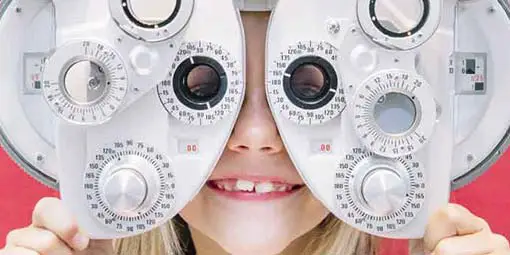
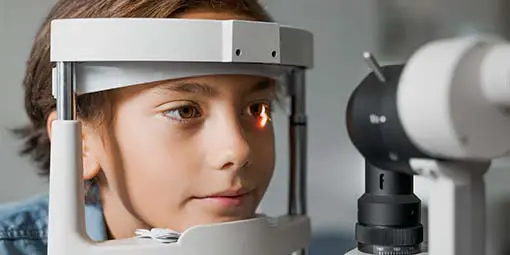
How much is a kids eye exam in Alberta?
Learn what eye care services the Alberta Health Care Insurance Plan covers.

The Importance Of Pediatric Eye Care
Pediatric eye care ensures that your child has a clear path to development.
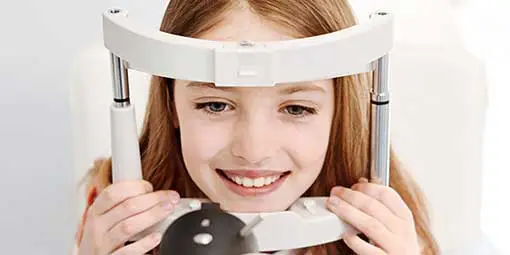
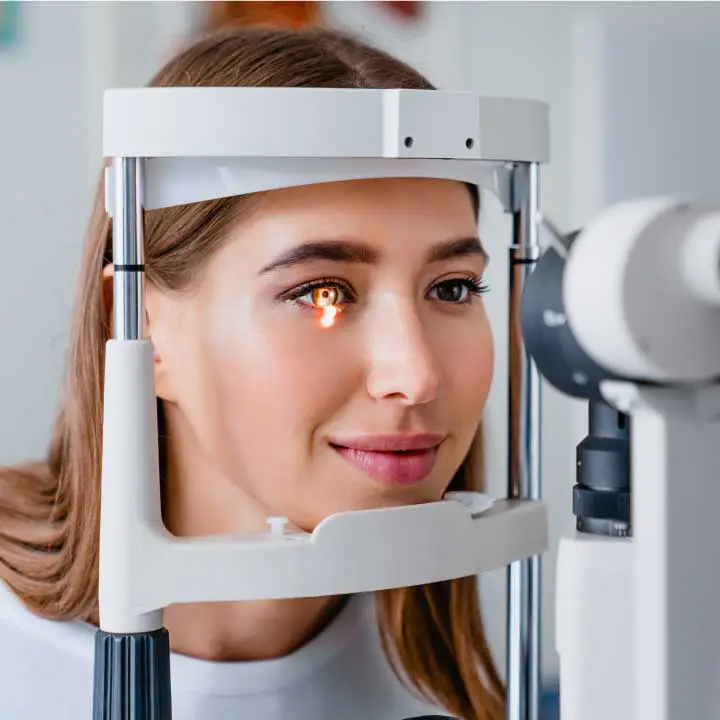
Adult Eye Exams
Our advanced eye exams consist of 25+ modern tests and digital scans to assess eye health, function, and visual acuity.
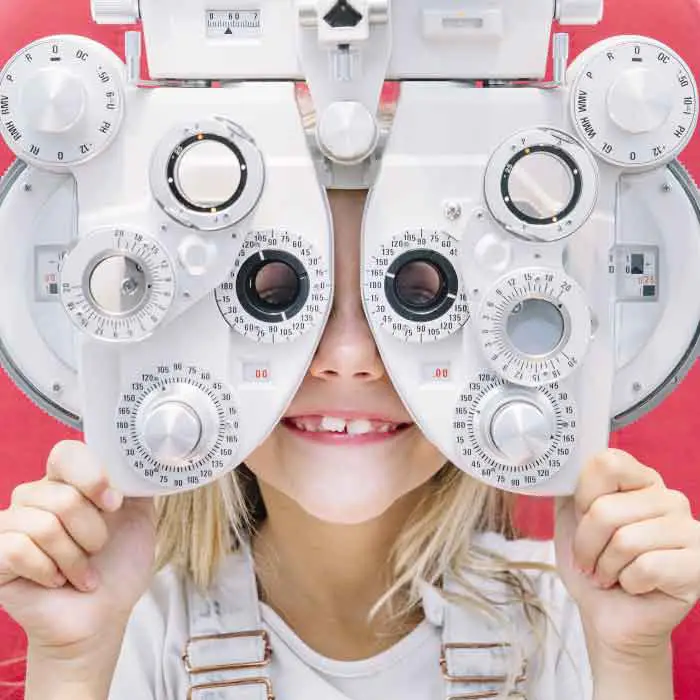
Child Eye Exams
Give your child a clear future with an annual eye exam from our experienced Edmonton optometrists.

Senior Eye Exams
Maintain your vision through your golden years with gold standard eye care from the optometrists at our Edmonton eye clinic.
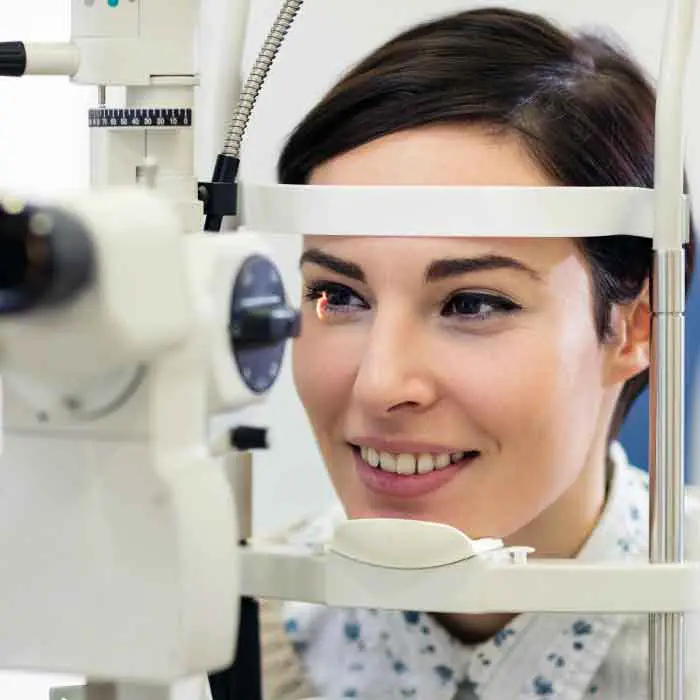
Contact Lens Eye Exams
Our eye exams for contact lens wearers include test and digital scans to assess eye health, function, visual acuity, and lens fit.
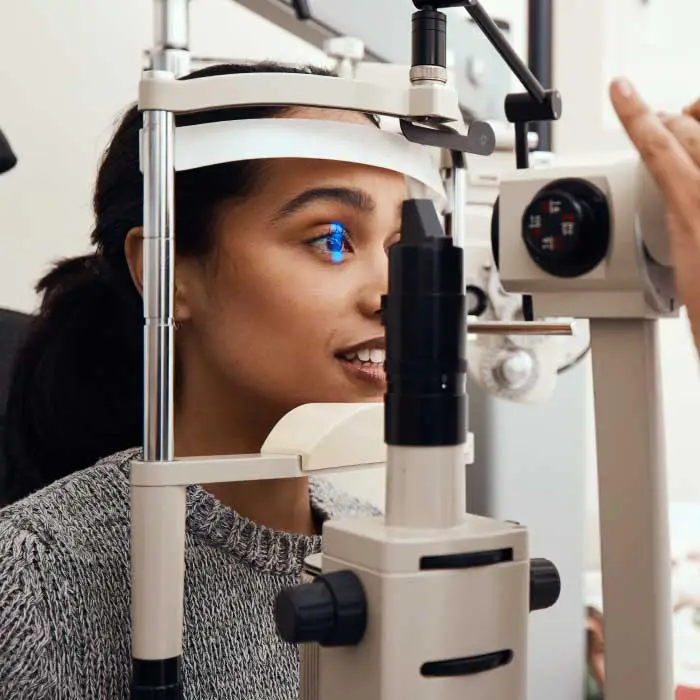
Diabetic Eye Exams
Managing diabetes requires regular eye exams to ensure that diabetes is not causing irreversible vision loss.
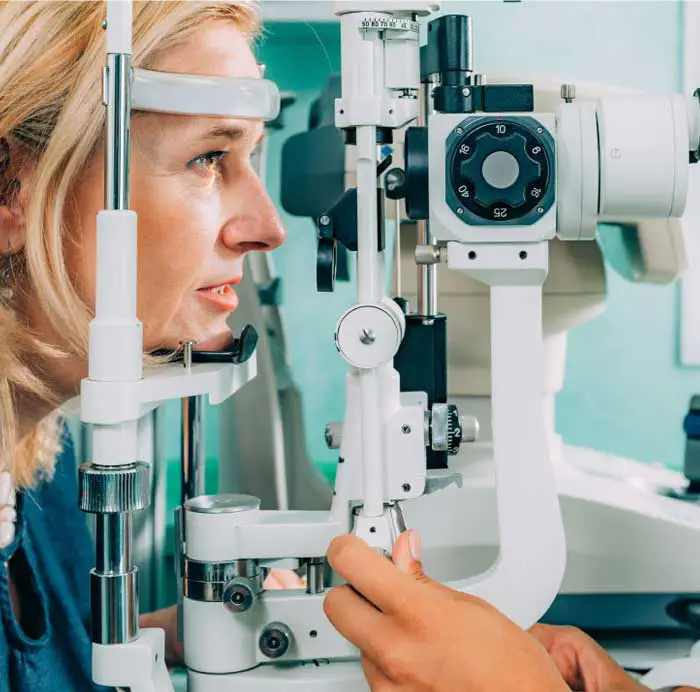
Dilated Eye Exams
Dilating the eyes enables our Edmonton optometrists to see more of the eye so that you many never see less.
Our Edmonton Eye Exams Are Comprised Of 4 Phases Of Evaluation
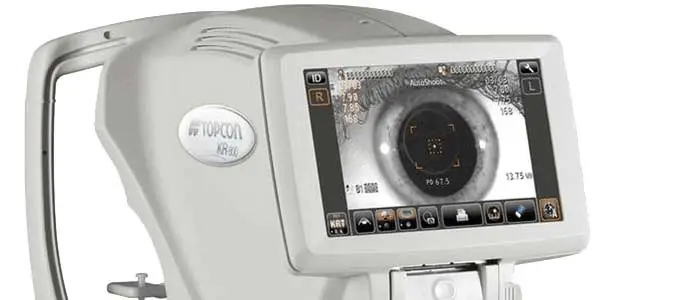
1. Eye Exam Pre-Testing
Corneal Thickness | Intraocular Pressures | Visual Field
Pre-testing is a detailed process that gathers all necessary information for the optometrist in advance of the optometrist-administered eye examination. This process involves completing a detailed patient history, as well as a series of standard tests. Pre-testing is an essential part of the comprehensive eye exam process, providing valuable information and visuals for both the optometrist and the patient.
More About Pre-Testing »
2. Advanced Diagnostic Testing
Retinal Photography, OCT, Topography
eye-deology Vision Care differentiates itself from other clinics by having the most advanced modern diagnostic specialty testing equipment. Specialty equipment, such as a wide-angle high-resolution retinal imager, Optical Coherence Tomography (OCT), Humphrey Visual Field Analyzer and corneal topographer, ensures that patients receive the best comprehensive eye care.
More About Advanced Testing »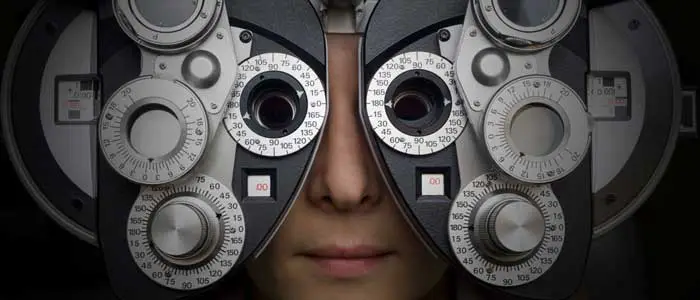
3. Optometrist Examination
Health Assessment & Disease Diagnosis
eye-deology Vision Care Edmonton optometrists perform a multitude of tests and assessments to evaluate ocular health, eye coordination, and visual acuity. In addition, they also evaluate the results of the tests and scans performed during pre-testing. As part of patient education, our optometrists also take the time to show and explain results to patients.
More About Doctor Exam »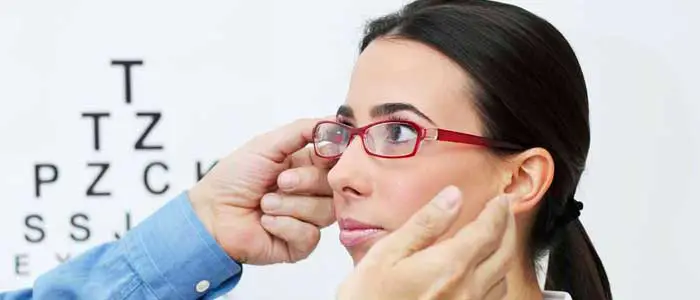
4. Eye Glass Consult
Prescription | Lens Selection | Digital Fitting
If you require corrective lenses to improve your vision, our licensed opticians will customize their fit to your unique attributes, needs, lifestyle, and budget. Our opticians are happy to provide you with information about the latest eyeglass frame and lens technologies available so you can make informed decisions and begin seeing and looking your best.
More About Eyewear Consult »